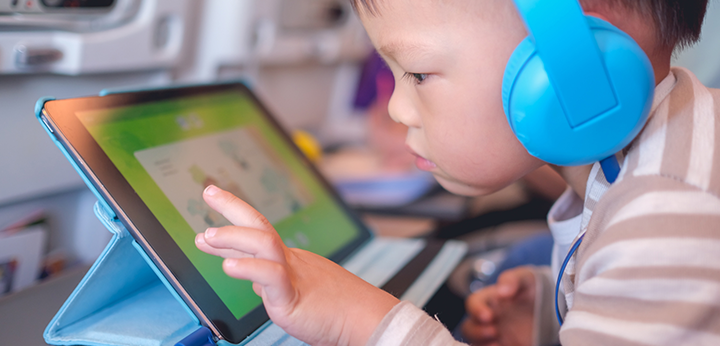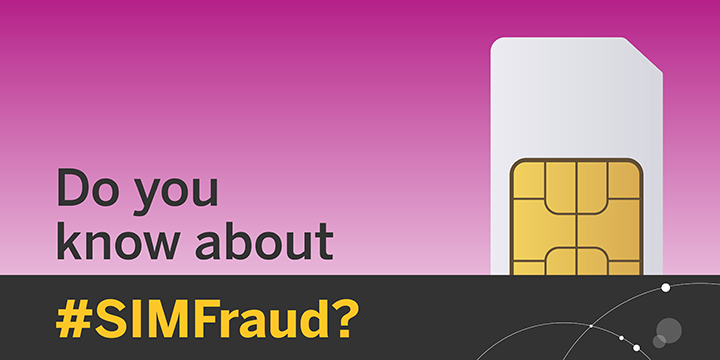Remote access: Opening the door to your personal information

Read more

Read more

Read more

Read more

Read more

As Canadians continue to adapt to social distancing, many of us have turned to videoconferencing services to help keep in touch with loved ones, connect with our colleagues, maintain our fitness routines, host social events, and complete our educational activities.
Read more
Smart phones offer many benefits, including convenience and easier communication. Many people feel they can’t live without them, and use their devices for banking, shopping, paying bills, account verification and to access social media.
Read more
Humans have long been captivated by the idea of machines that mimic natural life. Examples of automata – mechanical devices that move as if by their own power – date back centuries, through the middle ages and into Ancient Greece. Of course, any semblance of “intelligence” in these machines was an illusion; they were designed by their creators to do specific tasks and move in particular ways, though at times these could be quite elaborate.
Read more
In a previous blog post we introduced the topic of cryptography, which is a key tool for keeping information secure and private. We used the example of a relatively simple symmetric encryption scheme where the encryption and decryption keys are the same.
Read more
The days are getting longer, winter is drawing to a close, and it’s beginning to feel like spring. As you make your spring cleaning “to-do” list, have you given any thought to how you could better protect your privacy?
Read more
Individuals and organizations have long had a need to protect secrets from prying eyes. One way in which we protect those secrets is through the use of cryptography, from the Greek kryptós, meaning "hidden” or “secret" and graphein, meaning "writing". Early forms of cryptography were used by the ancient Egyptians, Greeks and Romans.
Read moreShowing items 11 through 20 of 24.